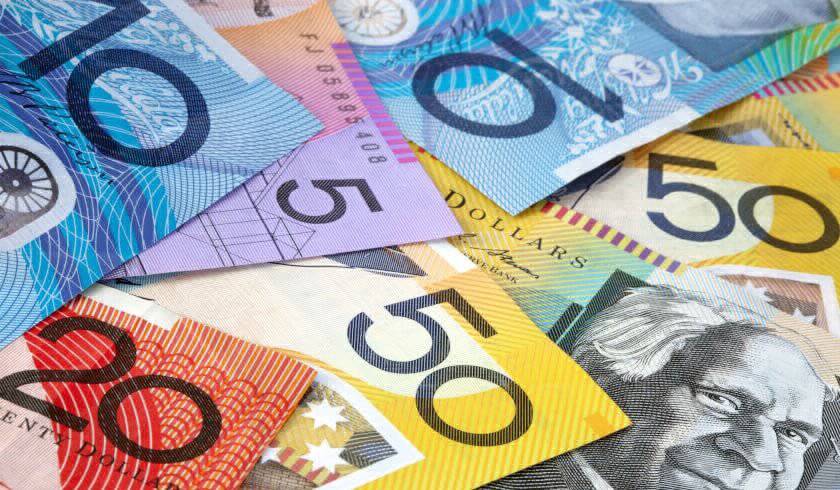Foreign investors paying nearly four times as much as locals to invest
A recent report from the Housing Industry Association (HIA) has highlighted how much foreign investors pay in some of Australia’s popular cities when compared to local investors.

The Stamp Duty Watch report from the HIA has revealed how much foreign investors are expected to pay in stamp duty when compared with the price locals are expected to pay, which Shane Garrett, HIA senior economist, said is due to the recent stamp duty changes.
To continue reading the rest of this article, please log in.
Create free account to get unlimited news articles and more!
Across Australia, the national average stamp duty bill for a non-first home buyer is $20,725, which Mr Garret says is up by 16.4 per cent over the last year, despite dwelling prices raising by 10.5 per cent.
Breaking down at a state and territory level, Victoria holds the record for the most expensive stamp duty bill average at $30,470.
This is followed by NSW at $25,640, the Northern Territory at $20,994, the ACT at $18,249, South Australia at $16,580, Western Australia at $14,915, Tasmania at $9,335, and the state with the least expensive stamp duty bill is Queensland at $7,000.
The report highlights NSW, Victoria and Queensland being three major markets that have introduced recent measures to curb foreign investment, to which the report compares the transaction taxes for foreign investors and local investors in each of these states’ capital cities.
In Sydney, foreign investors can expect to pay $93,865 for a dwelling unit, while local investors are expected to pay only $29,105, which Mr Garret points out foreign investors are paying “almost four times as much as local buyers”.
The divide in Melbourne and Brisbane is not as large, but still significant. In Melbourne, foreign investors are expected to pay $68,970, while local investors are expected to pay $26,870, which is roughly three times as much, and in Brisbane, foreign investors can expect to pay $28,905, compared to local investors paying $12,145, over twice as much.
“Foreign investors are a vital component of rental supply in cities like Sydney and Melbourne. With rental market conditions now so tight in Australia’s two biggest cities, should we really be placing more and more barriers in the way of new supply?” said Mr Garrett.

